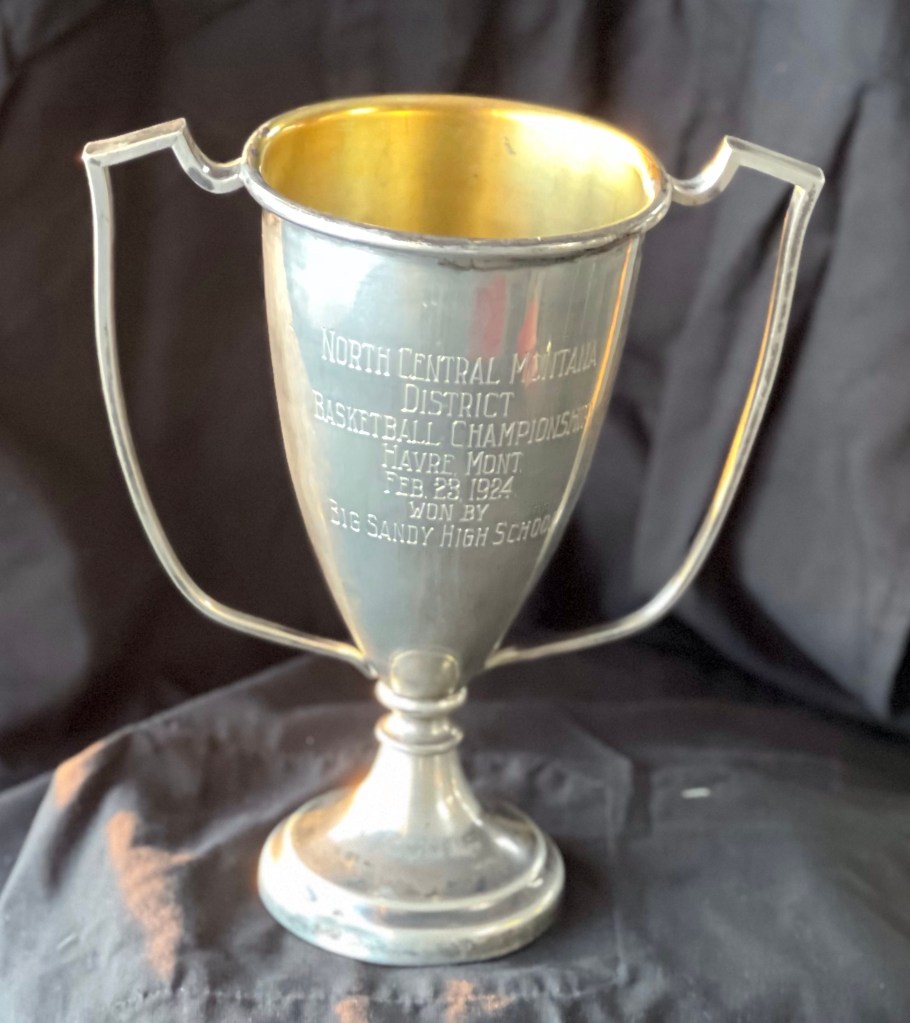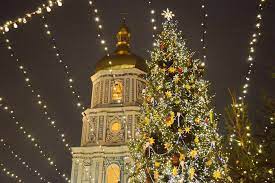Reprinted with generous permission from the Big Sandy Mountaineer. If you enjoy this article, support our work by picking up a copy of the paper or (even better) subscribing to our hometown periodical. Check us out at https://www.bigsandymountaineer.com
Last week, I found a treasure trove of Big Sandy history artifacts while doing some work on my house. What started out as a cold weather attempt to protect my plumbing and insulate our 3- seasons porch rapidly turned into an adventure in local history.
For background, I need to explain that my family bought a house in town last year that many locals know either as the Brumwell or the Faber house. Before it was either of those, it was the Shamrock Hotel. In the early days of our town’s existence, the Shamrock was built.

The deed says it was in 1911, but my wife has found photos in the museum labeled 1890s that include our house. Over the course of last week, we were adding insulation under the house, and I came across more than a few items from around a century ago, many of which have led to me learning some interesting things about our town.
I’d like to share a little of what I learned and found over the next few weeks of articles.
Perhaps the coolest item of local significance that turned up under the front porch was a program book to a basketball tournament, which Adam Poole (my contractor and friend) uncovered.

When I sat down to investigate the booklet, enough of the front cover remained to determine what it was. However, there were no years printed anywhere to tip me off as to when the tournament took place. I started from the assumption that it dated to the same period as other items we came across, which were primarily from around 1900.
We had months, days, and days of the week printed in the program, which made it possible to pick out a few potential years. February 23rd only lands on a Sunday every few years. Carefully cleaning the program revealed a team roster, along with the rosters of the competing teams from Havre, Fort Benton, and Chinook. Searching a few players names in The Mountaineer archives revealed that one, Sig Moe, played for Big Sandy in 1924.

At the outset, I had no idea how much of a story there was behind the tattered little program.
My next step was to head to the High School to check out the class pictures in the hallway to see if I could find our basketball team. Because we were hunting for information during Christmas break, I had to get help from our superintendent to check out the class pictures.
Because basketball practice was happening at the same time, we got into the school and waited in the hallway outside the gym for Dan to arrive. We spent our time checking out the old trophies on display. I was pleasantly surprised to discover a silver cup engraved with the date: February 23rd, 1924. We had learned from the program that the silver cup was the prize that went to the winner of the North Central District Basketball Championship, and here it was!

The program that somehow made its way under my porch is for the year we went to state! The back of the trophy was engraved with the players names. Incidentally, the silver cup sits on the same shelf as a bronze one awarded to the 1924 Big Sandy Debate Team. Among the names engraved on that cup is the coach, who appears to be the mother of Sig Moe (but more likely his aunt), our star basketball player, and Hershel Hurd, who also played on the basketball team.

I have walked past that trophy hundreds of times without ever considering its significance. Even knowing a little of the story and holding the program in my hands, I had not yet begun to scratch the surface of the significance of the award.
According to the articles I encountered while researching the victory, the silver cup isn’t just a basketball win. It was also a vindication for our small town after shady dealings cost their football team a trip to state earlier that year.
When Dan arrived, I checked the class pictures and was disappointed to learn that they only go back to 1930, so I would be unable to find pictures so easily. However, the knowledge that we won district that year and a solid date made it possible for me to call up the February 28th, 1924 issue of The Mountaineer.
The bold text of the article summary: “Cheated out of Football Championship Big Sandy Comes Back Strong and Proves Continued Superiority.”

The line struck me as odd, but didn’t prepare me for the larger story that had our town up in arms. As I read on, I would quickly discover how much more there was to the story.
Our team apparently went into the tournament as underdogs, with few believing that we could win it all. The article goes on to describe the huge turnout cheering the local boys as they returned home on the train. Coach R.E. Cameron carried the silver cup which is now on display in the High School. Each individual player came home with a small silver cup of their own for winning the district tournament.

The last game was played against Great Falls and our boys attracted a large crowd of local supporters who cheered them to victory. The turnout seems to have been both in response to our tournament success and (it seems) a grudge over the events from the previous football season.
The article covers each of the games in detail and fills more than a third of page one and continuing on page four. There is a second piece, also on the front page, detailing our team’s upcoming trip to Bozeman for their debut in the state tournament. If you’re interested in reading the game details, I will post the pages on patchingcracks.com with additional pictures. (See above)
Page four is where the story gets much crazier.
The majority of the page is devoted to the basketball championship, but much of the material is related to the football season controversy alluded to on page one. It seems clear that the win wasn’t just about basketball. It was also a vindication after the town’s football team was cheated out of a District Championship and a trip to state.
I learned this from a short, reprinted piece from the Havre paper commenting that many of the teams present for the tournament and fans were very pleased to see Big Sandy win. Many locals throughout the district were still angry that Big Sandy had won the District Football Championship and were headed to state, before the team was disqualified on a technicality!
One player was ruled to be ineligible to play after the tournament. The Havre paper goes on to speculate that the disqualification took place because larger, more influential towns were not okay with such a small town team “taking them to camp.” Many in the district believed that our football team was handily the best in the state, but was never able to prove it’s mettle.
This makes another piece that appears on page 4 particularly galling. Protests were made regarding the eligibility of our basketball team during the tournament. In addition, the paper claimed to be in possession of evidence suggesting that the protest was planned in advance and not raised until the tournament was underway.
I will write a follow up article exploring this issue, the underhanded dealings that disqualified our team in 1924, and the furor that surrounded the Big Sandy football team literally being cheated out of its first trip to state, in a year that they were favored to win it all.
It’s easy to see why Big Sandy considered that 1924 basketball win to be such a big deal. The players and the town had won a victory to right a wrong that had been dealt a few months earlier.
It’s interesting that I have walked past that dusty old cup hundreds of times and never payed it any mind. I find it heartening and exhilarating that it represents our town’s elation, not only over a tournament win, but also as a little way they could gain some satisfaction.
In a way, it makes last year’s Pioneer Football state championship – which landed 99 years after the fact – a long overdue vindication.

